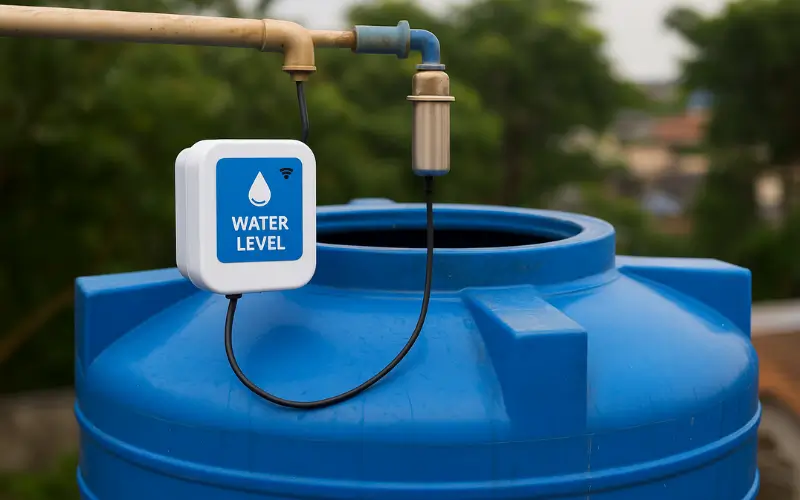Water scarcity is fast becoming one of India’s biggest problems, with increased demand both in urban and rural areas. From overflowing home tanks to unutilised storage in industries, enormous amounts of water are wasted every day. In a country where millions continue to experience shortages, every drop matters.
This is where an automated water level indicator system enters the picture. These are devices that aid in controlling and monitoring water levels in tanks or reservoirs to avoid overflow and maximise utilisation. By being automated, they not only prevent wastage but also save electricity and maintenance costs.
Understanding the Water Level Indicator System
An automatic water level indicator system utilises sensors to detect water levels in a tank or storage unit and generate control signals to operate the pump. The system can activate the pump when the water level goes below a certain value and shut off the pump upon detection of the top fill level by the sensor.
Such a system is especially useful in India, where water supplies are typically only available for a few hours, and manual checks are not always possible.
Main Benefits at Home and in Industry
1. Overflows Prevented
In the home, an untended water pump can quickly cause tank overflows, with hundreds of litres lost in one incident. Automatic systems switch off the pump when the tank is full.
2. Energy Savings
By operating pumps only when needed, these systems minimise electricity usage — particularly beneficial for industries with high pumping demands.
3. Reduced Maintenance Costs
Constant overflowing leads to moisture, corrosion, and structural damage to storage tanks. Avoiding this saves long-term repair costs.
4. Reliability of Supply During Limited Water Periods
In cities where municipal water supply is available for only a few hours, the system ensures maximum utilisation without requiring constant human monitoring.
Role in Smart Cities and Sustainable Living
Automated water level indicators are not only easy to use — they are becoming a necessity for modern water management in Indian smart cities.
How They Support Sustainable Development:
- Optimal Use of Resources – Each litre saved means less pressure on municipal systems.
- Data-Driven Management – These systems can provide usage reports, helping factories and households track and optimise consumption.
- Integration with IoT – When connected to smart home or industrial control systems, the devices can be monitored and controlled remotely.
From the Mumbai high-rise apartment to the Tiruppur textile mill, water level indicator systems have proven effective in diverse applications.
A Water-Wise Future
As India urbanises, the demand for responsible water use through technology will only intensify. Automated water level sensors can avert wastage, provide a consistent supply, and enable responsible usage.
Visionaries like Planet Smart City are incorporating such technologies into their developments, ushering in smart water management for communities and contributing to a future where conserving water comes naturally.




